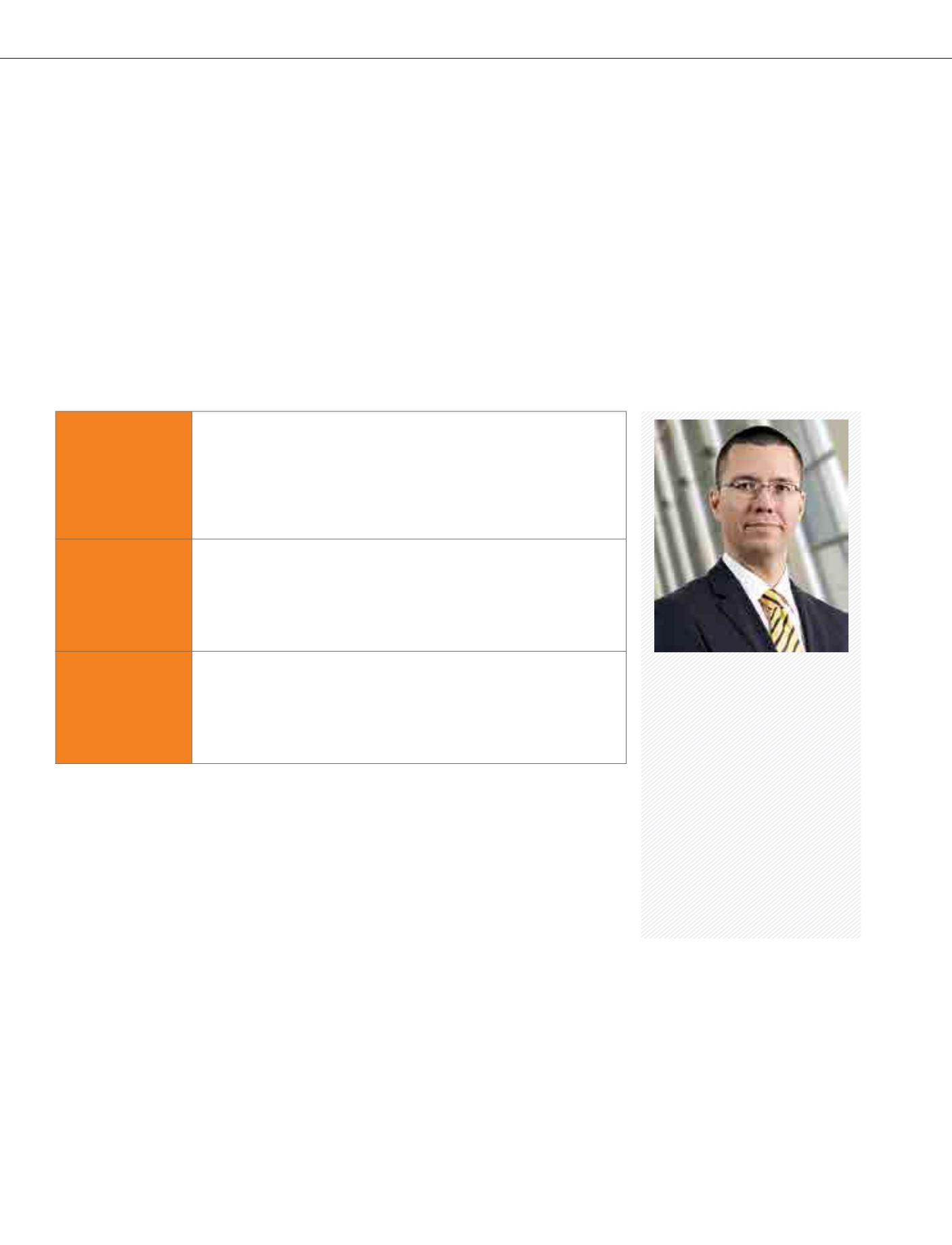
96
ourdigitalfootprint
InformationTechnology
Over the span of half a century, Maybank has steadily built an unshakeable foundation by focusing on the fundamentals of a healthy balance sheet and profitability, while
maintaining best-in-class risk management and other essential support systems. From this secure vantage point, we have acquired a reputation for being an innovative,
ICT-driven bank. We have always adopted the latest information and communication technologies to create greater efficiency and flexibility of products and services which
translate into enhanced convenience for its growing customer base.
Among its ICT-based milestones, Maybank was the first to computerise its savings and current accounts services; the first to introduce ATMs, and then to allow Malaysians
to subscribe to new IPOs by paying through these machines; the first to introduce Internet banking; and, most recently, the first to launch a wireless mobile payment facility.
Some developments in 2013:
Regional Branch
Solution (RBS)
Improvements to customer service are also undertaken through RBS, which not only
provides improved and more efficient customer service but at the same time creates a
new and transformed branch experience for our customers. Through this transformation,
customers will be able to enjoy paperless transactions and will no longer face home
branch restrictions. Effective and efficient customer identification will also reduce waiting
time and counter processing time. It is also key to building a foundation for regional
standardised teller platform and future branches. RBS is available in Singapore and
Malaysia. To date, deployment in Malaysia has reached 485 sites by December 2013.
Regional Cash
Management
System (RCMS)
RCMS has transformed corporate customer service by providing a seamless service
delivery which is easy to use. Our RBS offers customers service consistency, increased
processing efficiency, mobility, and standardised teller platforms throughout the region.
RCMS is also a multilingual system that supports five different languages — English,
Bahasa Malaysia, Bahasa Indonesia, Japanese and both Simplified and Traditional Chinese.
After the successful rollouts in Singapore and Malaysia in 2012, RCMS was rolled out to the
Philippines, Greater China and Indonesia in 2013.
TradeConnex
TradeConnex continues its regional deployment to other countries after its successful roll
out to several countries including Singapore, the Philippines, Cambodia and Indonesia in
2012. In 2013, TradeConnex was launched in Beijing in June, Laos in July and Papua New
Guinea in November. As a web-enabled solution, it offers ease of accessibility, mobility and
convenience for clients on the move. With an array of features such as market updates,
e-applications and correspondences with our Trade Information Centre, we ensure our
customers obtain first-hand information pertinent to their international trade.
We recognise that Customer Analytics unlocks hidden value in customer data and provides a more unified view of our
customers. On a broad scale, it helps us determine our marketing strategy and creates more effective campaigns that
would increase the marketing ROI. Relationship Managers are able to identify the type of offering each client segment
needs, and we are able to upsell and cross-sell, creating a more long term and sustained relationship.
While we are excited about the possibility offered by analytics and big data, we are also conscious of the impacts such
technological developments have on data protection and customer privacy. Our customers have told us that keeping their
money and information secure is the single most important service a bank must perform.
With that in mind, we review and strengthen our policies, systems and controls on an ongoing basis to promote the
highest level of security. We continuously assess threats to help us prevent and manage incidents, and we are committed
to being a safe and secure bank. As a result, we have embarked on a project to implement the requirements specified
under Malaysia’s Personal Data Protection Act 2010 (PDPA). This project, which started in May 2012, is jointly led by
Group Compliance and Group Tax to ensure that the entire Group complies with the requirements. PDPA was introduced
to regulate the processing of personal data used during ‘commercial transactions’ by data users (i.e. Maybank Group) to
safeguard the interests of data subjects (i.e. Maybank Group's customers).
OURPRODUCTSANDSERVICES
Data Protection,
Privacy and
Security
“The Information Security threat
landscape is complex and constantly
changing. Our security teams work with
government, regulators, law
enforcement and peer organisations to
understand current threats
and develop any responses that
are required to protect customer
information”
Geoff Stecyk
Group Chief Technology Officer
G4-PR4


